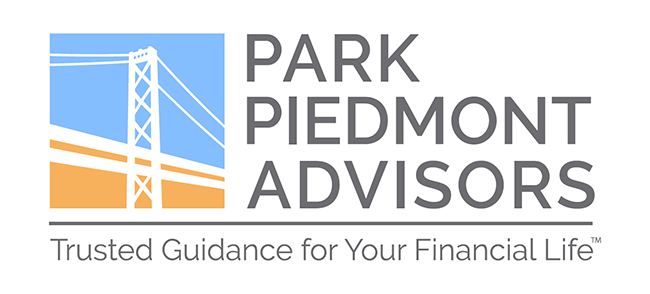During periods when stock price declines attract the attention of many people outside the financial and investment communities, it has been Park Piedmont’s (PPA) practice to share our perspective. We want to emphasize the importance of taking a longer-term view of investments and avoiding the short-term, day-to-day fluctuations of the markets, which are driven by those seeking to benefit from the fluctuations. “It makes sense to think in periods shorter than a year if you’re a trader, and much more than that if you’re an investor” (Jeff Sommer, NY Times, 1/9/22, page 9; emphasis added).
In order to put the current declines in context, when Donald Trump was elected president (early November 2016), the S&P 500 US stock price index was 2,140. (Note: we are using the S&P 500 as a proxy for US stock prices rather than either the narrower Dow Jones Industrial index, which contains only 30 companies, or the technology-dominated NASDAQ index. International and Emerging market results are also not included in this intentionally short report. PPA recognizes there can be wide disparities among the results of these various indexes, which we will discuss at greater length in future Monthly Comments.)
- From the November 2016 level of 2,140, the S&P 500 gained approximately 50%, to 3,225, by January 2020, just before the start of the pandemic.
- At the low of the pandemic, in late March 2020, the index had declined all the way back to 2,237, or just 1% above November 2016.
- From March 2020, the S&P 500 soared to 4,766 as of year-end 2021, for a gain of 120% (more than doubled).
- Through Friday, January 21, 2022, the S&P 500 index has declined to 4,398, which is 105% higher than November 2016 and approximately 8% below year-end 2021.
While the financial media presents reasons for the decline – namely, the surprisingly rapid economic recovery from the negative impacts of the pandemic, which in turn has triggered more inflation than the US Federal Reserve (Fed) is comfortable with, which in turn has the Fed discussing meaningful interest rate increases to slow inflation (see again Jeff Sommer, NY Times, 1/22/22, page B1) – PPA notes the following important points:
- These conditions have been in place for some time, certainly to the end of 2021, when stock prices were still increasing. The fact of the January price declines occurring when they have was simply not knowable in advance.
- No one can consistently and accurately predict whether the declines have further to go before prices become attractive again to buyers.
- Most of the gains from 2016 and the pandemic lows are still intact.
Since the likelihood of the Fed raising the short-term interest rates it controls has become an important news item, we present a similar recent history of the ten-year US Treasury bond yield, which is the benchmark used by market participants in buying and selling bonds.
- November 2016: 1.86%
- Year-end 2020: 1.50%
- Pandemic lows (March 2020): 0.76%
- Year-end 2021: 1.51%
- Current (January 21, 2022): 1.77%
There is much to discuss regarding these figures in future Monthly Comments, but one main point is the lack of extreme change in these yields (other than the pandemic low). Also, the ten-year yield often anticipates the Fed’s actions, and it is not possible to determine how much of the Fed’s future rate increases are already priced into the ten-year yield.
PPA’s constant emphasis on an asset allocation appropriate for each client’s goals and circumstances means that the negative impact of significant stock price declines should be diminished by the less risky bond holdings in each portfolio. For example, a 50-50 stock and bond allocation implies that an 8% stock price decline represents just a 4% decline for the overall portfolio. And this decline may be modestly more or less than 4% depending on the period’s bond results. Developing and maintaining appropriate allocations is a far better approach to successful long-term investing than trying to time the ups and downs of financial asset prices. As Wall Street Journal columnist Jason Zweig wrote earlier this month, “Discipline is the greatest investing virtue. When you drastically change your long-term course based on what feels like a short-term sure thing, you’re likely to end up caught by surprise – and racked with regret” (“The Best Investment for This Coming Crazy Year,” WSJ, 1/7/22).
